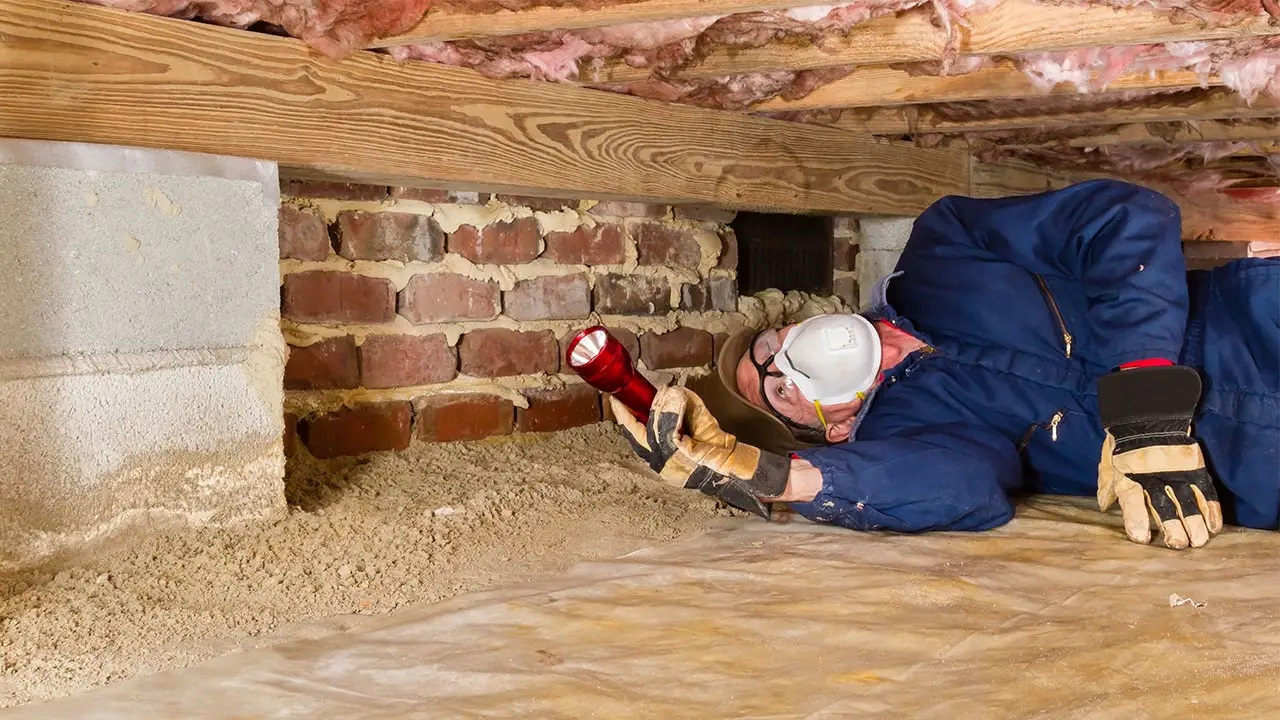When purchasing a home, knowing the property’s condition is crucial. This is what a home inspection usually reveals. It’s also an opportunity for buyers to identify any issues that need to be fixed immediately or that require regular maintenance.
This post outlines critical aspects to consider during a home inspection to make sure you make an informed decision when purchasing your ideal residence.
What is a home inspection?
A home inspection is looking at the structure, systems, and condition of a property. Unlike a home appraisal, which assesses the home’s value, an inspection focuses on its physical state, identifying potential repairs or maintenance issues. A home inspection gives a thorough picture of the condition of the property, helping sellers take proactive measures to address problems and buyers make well-informed decisions, even though an appraisal is necessary to determine market value.
Home Inspection Vs. Home Appraisal
While a home appraisal provides an estimate of the property’s market value for lenders, a home inspection offers a detailed report on the physical condition of the house, highlighting areas that need repair or improvement.
Look for major issues
In a home inspection, it’s crucial to identify significant problems that may affect the home’s value or require extensive repairs.
These include:
- structural issues;
- roof damage;
- foundational cracks;
- signs of water damage.
Check the system’s age, make sure it functions properly, and find out if there have been any recent maintenance or repairs.
Inspect the grounds and exterior structure
Examine the home’s exterior for signs of wear and tear, including cracks in the foundation, damaged gutters, and the condition of windows and doors. Also, assess the grounds for proper drainage and potential landscaping issues. Check the roof for broken or missing shingles, and consider the structural soundness of the chimney and flashing. Examine the paint’s state on the outside surfaces, keeping an eye out for blistering or peeling. Inspect the deck, patio, or any other outdoor structures for signs of deterioration and structural soundness as well. These specifics offer a thorough summary of the external condition of the property, facilitating an in-depth evaluation prior to making a purchase.
Inspect the basement, attic, and garage
These areas often reveal the true condition of the house. Look for water damage, insulation and ventilation issues, as well as structural integrity in the basement and attic. The garage should be checked for proper ventilation and electrical safety. Buyers can negotiate repairs, make well-informed decisions, and verify the property’s overall integrity before purchasing by identifying issues in these areas.
Inspect the interior rooms
Evaluate each room for visible defects. These can be either cracks in the walls or ceilings, functioning windows and doors. Also, determine the condition of floors. This thorough evaluation gives you a comprehensive picture of its state and ultimately helps you make better decisions when buying a house.
Kitchen
Inspect electrical outlets, plumbing fixtures, and all appliances in the kitchen. Keep an eye out for any leaks beneath the washbasin. Make sure the exhaust system is operating properly.
Bathroom
In bathrooms, focus on the plumbing, including the condition of the toilet, shower, and sink. Check for leaks, water pressure issues, and any signs of mould or water damage. Check the caulk and grout for deteriorating seals, which can cause moisture issues. Assess ventilation to avoid problems caused by humidity. A thorough examination of these particulars guarantees a thorough comprehension of the state of the bathroom, enabling well-informed decisions to be made during the home-buying process.
Inspect the electrical systems
Make sure the electrical system, including the fuse box, wiring, and outlets, is up to code and in good working condition. This includes checking for exposed wiring and testing light switches. Test every fixture and appliance that’s connected to the electrical system, not just the light switches. A thorough electrical inspection guards against future hazards and electrical failures by guaranteeing not only safety but also the home’s ability to accommodate contemporary appliances and technology.
Inspect the HVAC systems
Examine the air conditioning, ventilation, and heating systems. Make sure they are operating accurately and effectively, and keep an eye out for any older systems that may require replacement. Keep an eye out for features that save energy, and ask about any recent updates. An antiquated system may impact comfort and energy costs. Modern systems and routine maintenance facilitate a more economical and comfortable living space.
Inspect the Plumbing
Guarantee the state of the drainage system, water heater, and pipes. Check the plumbing for leaks, rust, or corrosion, and pay attention to the temperature and pressure of the water. A clean plumbing system keeps potential water damage at bay and guarantees a steady supply of water for the entire house, which adds to its overall functionality.
Check the home security system
Examine the state and efficacy of the locks and alarms on the security system. Verify that the smart home security system is working and determine whether updating or re-keying the locks will increase security. A strong and well-maintained security system is essential for homeowners’ safety and comfort.
Ask for repairs
Discuss any necessary repairs or price modifications with the seller in light of the inspection results. Sort important issues based on their impact on the safety and structural soundness of the house. In order to make sure that both parties are informed and happy with the final terms, clear communication regarding these issues can help guarantee a fair and transparent transaction.
Conclusion
Potential problems that are best discovered through a comprehensive home inspection can all impact the safety, usability, and value of a property. You may make an informed choice and negotiate successfully by concentrating on the main structural components, systems, and security features. Recall that while certain problems, like old locks, can be readily fixed with a locksmith’s assistance, other problems can call for more involved repairs. By having a thorough awareness of what to look for, you can make sure that the house you’ll eventually buy is a wise investment.






